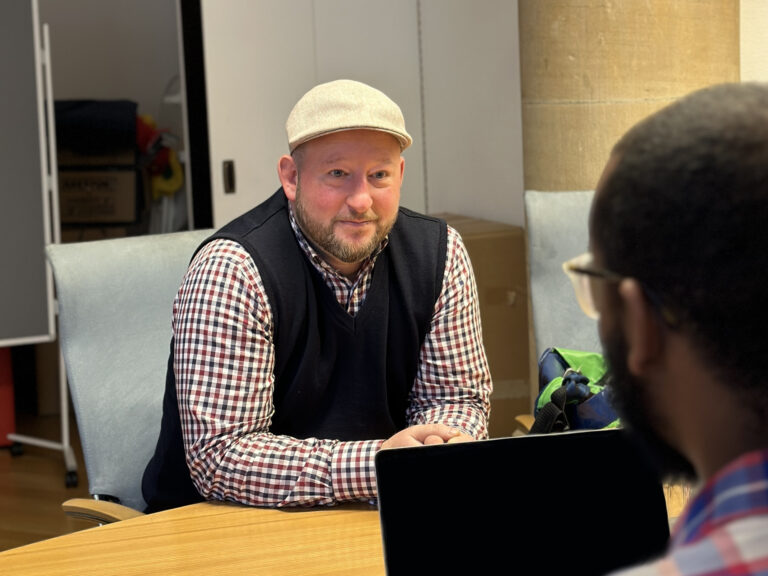Project Breathless is an interdisciplinary undertaking that seeks to understand and communicate the impact of low oxygen environments. Their research hones in on certain fish species, aquatic food webs, and ecosystem services. Earlier this year, I attended a presentation about a rather unique initiative the project is pursuing. In this feature, I showcase Project Breathless before explaining the importance of varied scientific communication methods.
Translating Fish Life Histories Into Song
If fish could sing, what would they tell us? This is one of many questions being examined by an international team of scholars. At first glance, the question appears odd. Fish, of course, cannot sing (at least outside of Disney movies). But it turns out that fish do have a story to tell.
Enter Project Breathless. This initiative grew out of the Kiel Declaration on Ocean Deoxygenation. One of many ongoing research efforts, their goal is to raise awareness about “the ocean losing its breath.” Climate change and eutrophication combined are driving ever-growing swaths of dead zones. Dead zones are aptly named; their oxygen concentration is too low to support many forms of life.
What links hypoxia to fish that can(not) sing? The answer lies in the internal ear stone structure known as an otolith. Through a method called data sonification, hypoxia can be converted into sound. Effectively, it translates the chemical evidence of hypoxic stress, which is found within the layers of the otolith. With some tinkering, an audio score can then be created. The resulting tone is surprisingly indicative of a fish’s health throughout its lifespan.
When Music Speaks
On April 6, I attended a presentation led by Dr. Karin Limburg from SUNY ESF. She presented the sonification results for four different fish. The first pair experienced well-oxygenated environments throughout their lives. In contrast, the second pair experienced extensive hypoxia. (Notably, fish 4 moves into a stable environment towards the end of its life.)
What struck me was how literally these songs conveyed fish health through rhythms and tone. The first two songs are a series of running eighths with a jovial, light cadence. A marimba keeps a steady undertone, while the piano and trumpet take turns rising and falling in an airy manner.
The third song, which contains violin and piano, is a jarring contrast. At first, a running piano alternates with somber string lifts. But then a discordant sound rips through the melody and persists throughout. The sound is difficult to describe: it’s like radio static, a jet engine, and nails on a chalkboard combined.
The first three-quarters of the last song begins in the same way. Yet, after reaching the transition phase, the instruments return to their upbeat eighths.
Science Communication: Should We Speak to the Mind or the Heart?
According to the Knowledge Deficit Model, people are more likely to care about something if they are well-informed. This is partially true, but it quickly becomes a grave overgeneralization in practice. “Filling the information gap” with hard facts often does not change the values and motivations of others. In some cases, it can even backfire and make those distrusting of science even more resistant.
The goal of science communication should go beyond education and attempt to influence patterns of behavior. Accordingly, communicators may be more effective if they can speak to the heart. This often- if not exclusively- involves making an issue personal. Narratives are an increasingly useful method by which to do so.
I would argue that the power of song is another means by which we can inform and move others. Music, after all, is one of the defining characteristics of the human race. It constitutes our rituals, defines our cultures and identities, and unites different peoples together. Indeed, music is a universal language. It makes the human experience becomes far more palpable than the spoken word alone.
When considering strategies in science communication, the potential of data sonification should not be ignored. It has the opportunity to make scientific discoveries more widely accessible (for the illiterate, the visually impaired, etc.). Of equal importance is its ability to influence and empower the listener.
Sources:


